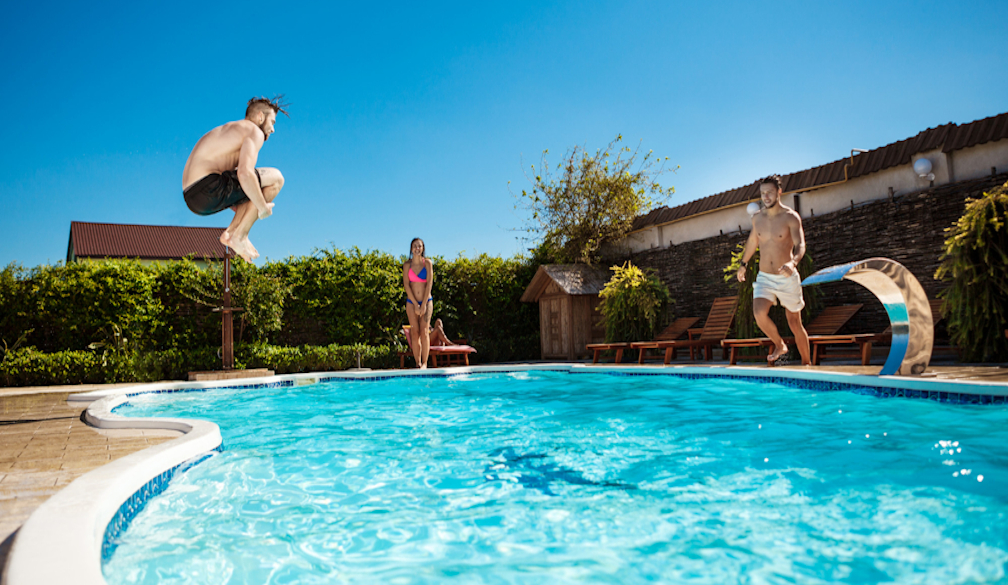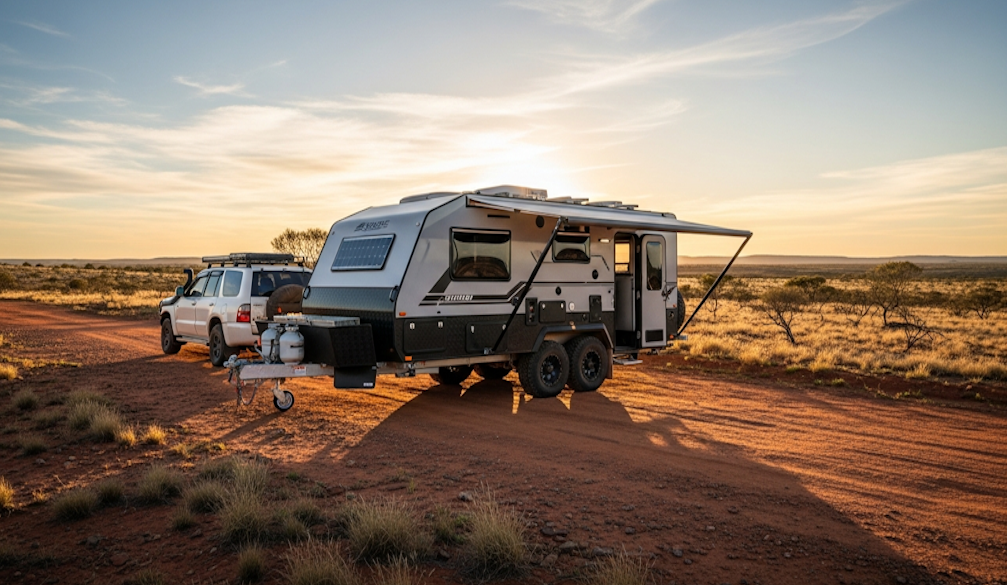Why Fibreglass Pools Are The Most Cost-Effective Option For Australian Homes

Adding a swimming pool is high on the wish list for many Australian homeowners—particularly in warmer climates where outdoor living is a way of life. But cost remains one of the biggest barriers when turning that dream into reality. Between installation, landscaping, maintenance and energy use, it’s no surprise families are looking for a smarter, more affordable way to get into the water.
Enter fibreglass pools. While concrete and vinyl liner pools still have their place in the market, fibreglass has rapidly become the go-to choice for homeowners seeking long-term value without compromising on durability, aesthetics or functionality.
Let’s break down why fibreglass pools are widely considered the most cost-effective option for Australian homes—covering upfront pricing, maintenance savings, durability, installation timelines, and more.
Upfront Costs: Lower Without Cutting Corners
Initial installation costs are one of the most critical factors when choosing a pool. While prices vary based on size, design and location, fibreglass pools typically sit in a sweet spot between cheaper vinyl liner pools and higher-end concrete builds.
A fibreglass pool shell is factory-moulded and delivered to site as a complete unit. This prefabricated approach eliminates the need for extensive formwork, steel reinforcement or on-site curing. As a result, labour and material costs are significantly lower compared to concrete pools, which often involve complex excavation, custom framework, and extended on-site construction.
For homeowners trying to maximise lifestyle improvements without blowing the renovation budget, fibreglass delivers a professionally finished result at a more predictable, accessible price point.
Fast Installation Saves More Than Time
When it comes to installing a pool, time really is money. The longer a site is under construction, the more it costs in terms of project management, equipment hire, and disruption to daily life. This is particularly relevant for families with young children or homeowners who are juggling outdoor renovations with work and school schedules.
One of fibreglass’s biggest advantages is its short installation timeline. In many cases, a fibreglass pool can be installed and ready for landscaping in under two weeks (weather permitting). That’s significantly faster than concrete pools, which can take up to three months or longer due to on-site curing and finishing.
Reduced install time translates directly to savings on labour, equipment and overall project coordination. Plus, a faster turnaround means homeowners can enjoy their outdoor space sooner—and avoid months of living alongside a construction site.
Minimal Ongoing Maintenance
Where fibreglass really outperforms other options is in its ongoing maintenance requirements. Over time, even modest reductions in weekly cleaning or annual repairs can result in thousands of dollars saved.
Fibreglass pools have a smooth, non-porous gelcoat surface that resists algae growth far better than rough concrete finishes. This reduces the need for constant brushing and makes it easier to maintain healthy water chemistry with less chlorine and fewer chemicals overall.
On top of that, fibreglass is highly stain-resistant and less prone to structural degradation. Unlike concrete, which can crack or require resurfacing over time, fibreglass pools maintain their integrity for decades with minimal intervention—provided the water chemistry is correctly balanced.
Less chemical use, fewer repairs, and reduced cleaning time make fibreglass an ideal choice for busy households trying to keep ongoing costs in check.
Energy Efficiency That Adds Up
A well-designed fibreglass pool doesn’t just save money on cleaning—it also helps reduce electricity use.
Because fibreglass pools are smooth and less porous, they typically require shorter pump run times to stay clean and clear. Additionally, many fibreglass models come with built-in insulation properties, which help maintain water temperature more efficiently compared to concrete or vinyl alternatives.
For households that run solar heating or pool pumps during peak hours, even a 10–15% reduction in runtime can make a noticeable difference in energy bills over the long haul.
Long-Term Durability Without the Hidden Costs
Homeowners often look at the initial price tag without fully considering the cost of ownership over 10 or 20 years. While concrete pools can last for decades, they typically require resurfacing every 10 to 15 years. This process is labour-intensive and expensive, often running into several thousands of dollars depending on the pool's condition and size.
Vinyl liner pools, on the other hand, need liner replacements every 5 to 10 years—a recurring cost that quickly adds up.
Fibreglass pools, by contrast, are known for their structural longevity and resistance to wear. With a properly maintained gelcoat, many fibreglass pools require no resurfacing or major repairs over their lifespan. This significantly reduces the total cost of ownership and makes budgeting more predictable.
Compatibility With Modern Add-Ons
Today’s pool buyers are looking for more than just a hole in the ground with water. From in-built lighting to swim jets, tanning ledges and mineral systems, modern pool installations often come with a range of optional extras.
The best family swimming pools in Brisbane are compatible with most popular add-ons and technologies, making them a flexible platform for customised designs without major engineering costs. Many pool shells come with pre-moulded ledges, steps or benches built in—reducing the need for costly customisations or structural changes post-install.
This built-in versatility provides better value per dollar spent, especially for families trying to incorporate functional zones like shallow play areas, spa seating or integrated water features.
Less Landscaping Disruption
It’s easy to overlook the impact pool construction has on surrounding landscaping. Long construction timelines, heavy machinery and site access can take a toll on gardens, paving and fences—resulting in added repair or landscaping bills once the build is done.
Because fibreglass installations are faster and less invasive, they typically involve less damage to the surrounding property. The smaller equipment footprint, combined with reduced excavation time, helps preserve more of the existing backyard—especially in tight spaces.
This benefit is particularly valuable in urban or suburban settings where access is limited, or when trying to integrate a new pool into existing landscaping without a full outdoor redesign.
Ideal for Australian Climates
Australia’s diverse climate—from tropical heat to dry inland zones—can be tough on outdoor materials. UV exposure, heavy rains, and soil movement are all factors that influence long-term performance.
Fibreglass pools are well suited to Australian conditions. The gelcoat surface resists fading in harsh sun, while the flexible nature of the material allows it to move slightly with soil shifts, reducing the risk of cracking or structural failure. Combined with low maintenance needs, it’s a smart fit for homeowners who want reliable performance in tough environments.
The Bottom Line
For many Australian households, the decision to install a pool comes down to balancing upfront affordability with long-term value. Fibreglass pools consistently prove to be the most cost-effective solution—thanks to their lower installation costs, shorter build times, low-maintenance surfaces, and durable construction.
While every pool type has its place, fibreglass stands out as the best all-rounder for families and homeowners looking for a stress-free, budget-conscious way to enjoy more time outdoors. From energy efficiency to reduced upkeep, the savings stack up year after year—without sacrificing style or performance.





